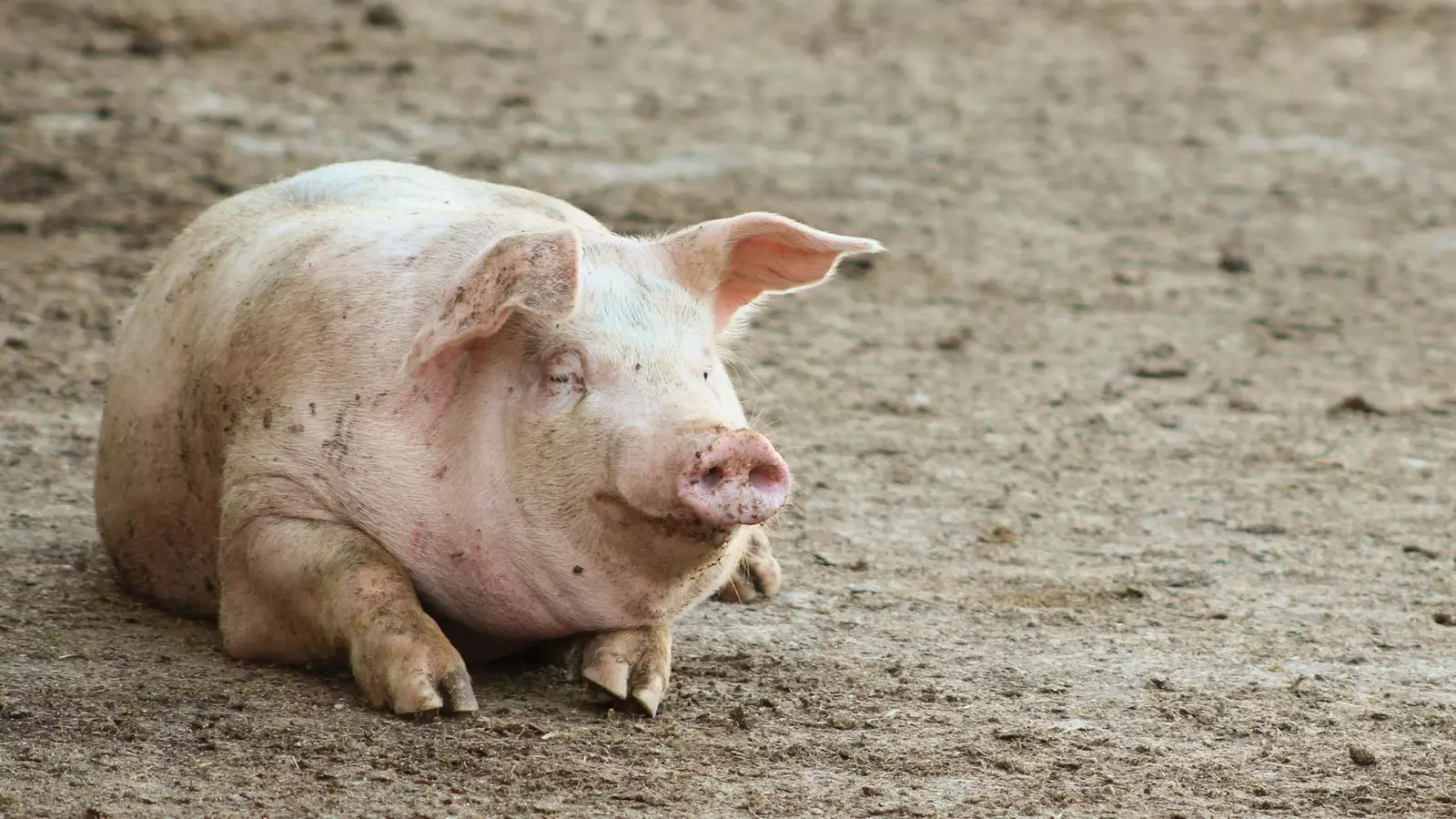A person in North Yorkshire has been diagnosed with a strain of flu similar to a virus circulating in pigs. This marks the first time the virus has been detected in humans in the UK, according to the UK Health Security Agency (UKHSA). This article aims to provide you with important information about this new virus and its implications.
The virus responsible for this outbreak is known as influenza A(H1N2)v. It shares similarities with a strain of flu that has been circulating in pigs in the UK. While it is concerning, it is crucial to gather as much information as possible to prevent further spread and protect the public.
The initial case involved an individual in North Yorkshire who sought medical attention due to breathing difficulties. As part of routine national flu surveillance, they were diagnosed with the illness. However, it remains unclear how they contracted the virus, as they have no known history of working with pigs. The affected individual experienced mild symptoms and has since made a full recovery. The UKHSA is closely monitoring close contacts of the case and ensuring they undergo testing and receive appropriate treatment if they test positive.
While there have been reports of human cases of A(H1N2)v globally since 2005, none have matched the exact strain detected in this UK case. The UKHSA notes that this “distinct clade” is different from other human cases worldwide but shares similarities with viruses found in UK pigs. In the United States, an 18-year-old was diagnosed with A(H1N2)v in August after being in contact with pigs at an agricultural fair. However, there was no subsequent human-to-human transmission and no further reported cases.
It is important to clarify that this virus is not the same as the H1N1 virus, which caused the 2009 swine flu pandemic. H1N1 contained genetic material from viruses circulating in pigs, birds, and humans in the past decades. It is now referred to as seasonal influenza in humans and is different from the strains currently circulating in pigs. A(H1N2)v belongs to the influenza A virus subtype. Influenza A viruses can be found in various species, including humans, birds, and pigs. However, they typically remain within their respective species. According to the World Health Organization, animal influenza viruses do not readily transmit to and among humans. A(H1N2)v is not linked to bird flu, which is primarily associated with the H5N1 strain.
The UKHSA is rigorously monitoring the situation and implementing enhanced flu surveillance measures in parts of North Yorkshire. Additionally, investigations are underway to determine how the initial case contracted the virus. The UKHSA has also notified the World Health Organization about this latest development. Vigilance and prompt action are necessary to effectively manage and contain the spread of the virus.
Symptoms and Precautions
If you exhibit respiratory symptoms, the UKHSA advises avoiding contact with other individuals, particularly the elderly or those with pre-existing medical conditions. This guidance remains the same for any respiratory illness to minimize the risk of transmission. Monitoring your symptoms and seeking medical attention if necessary is essential for personal health and to prevent further spread of the virus.
The detection of the A(H1N2)v virus in humans in the UK raises concerns about potential outbreaks. However, the proactive measures being taken by the UKHSA and other health authorities worldwide are instrumental in preventing further transmission. Understanding the virus, its origins, and its characteristics is essential for effective containment. By staying informed and following the recommended precautions, individuals can contribute to safeguarding public health.


Leave a Reply